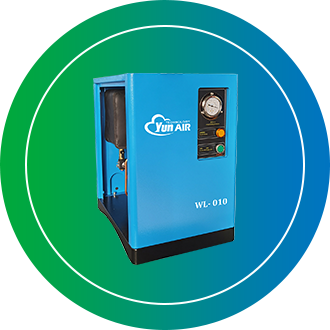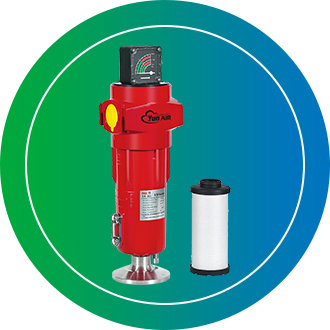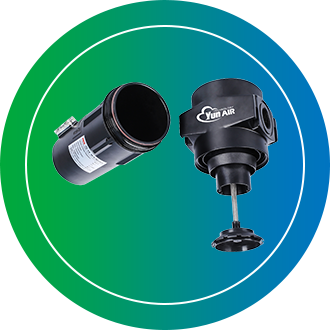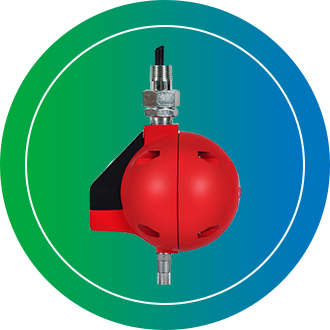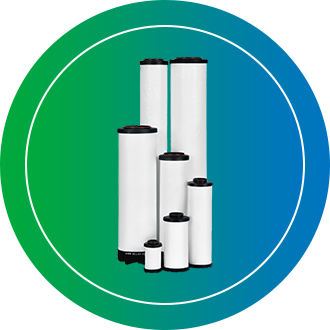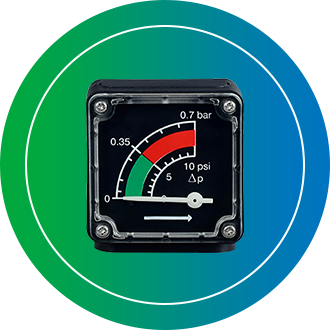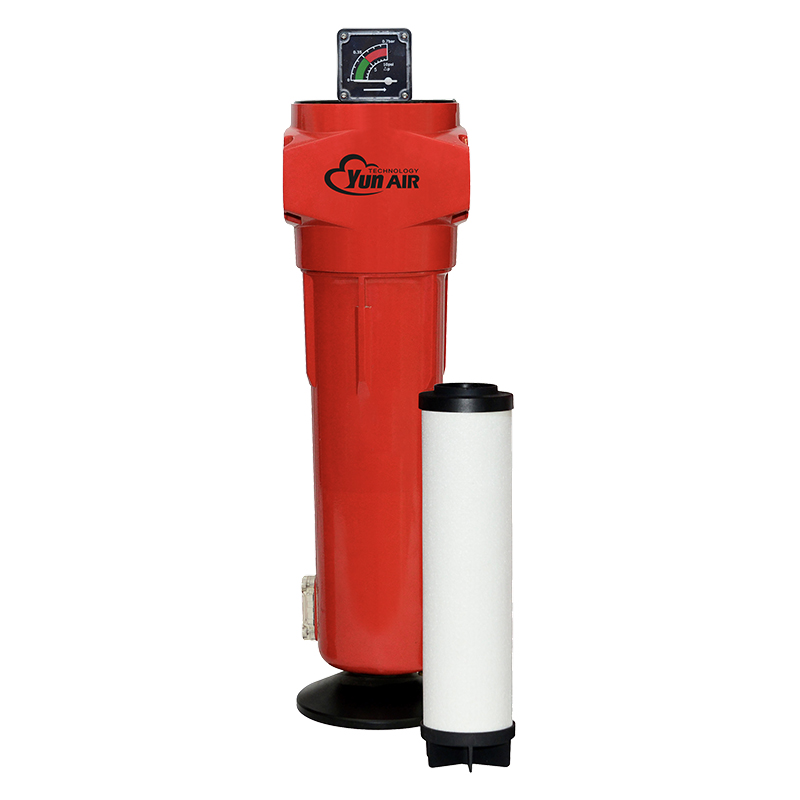Applications of nitrogen in food and medicine
As the primary component of the atmosphere, nitrogen is non-toxic, non-flammable, colorless and odorless at room temperature, with a boiling point of -195.7 °C and not having any lively chemical properties. The air is first pressurized and dried using an air dryer, and then solid particles, water, and oil vapour are removed with high efficiency air line filters before being separated from oxygen and nitrogen generators, then applied below following applications:
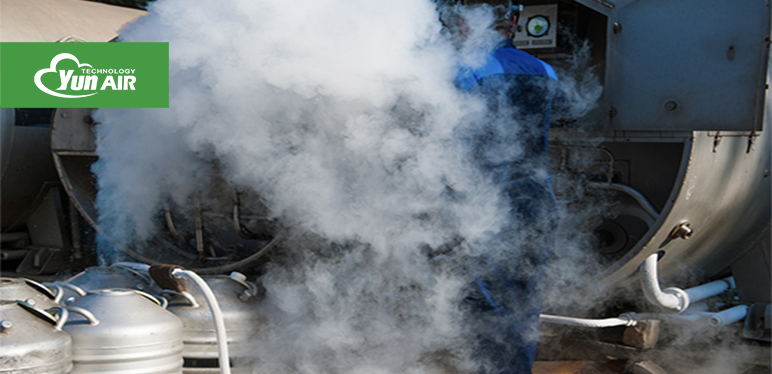
Petroleum
Nitrogen can be used to purge containers along a pipeline, to fill tanks with nitrogen, detect leaks, protect against flammable gases, as well as to hydrogenate diesel and catalyze reform. The purity of nitrogen is typically 99.9%.
Tire filling
Compared to oxygen molecules, nitrogen molecules are larger, deformation is small, and penetration into the tire wall occurs at a 50% slower rate, so nitrogen can provide stable tire pressure for extended periods of time, and nitrogen audio conductivity is low, only 20% of the air, which greatly reduces vibrations and noise while driving, improving car stability and comfort.
Anti-fire nitrogen equipment for coal mines
The essence of nitrogen injection is to inject a certain flow of nitrogen into the oxidation zone of the goaf or the fire zone, so that the oxygen content is less than 7% or 3%, to achieve the purpose of fire prevention, and its role is to eliminate the danger of gas explosion; Prevent the natural heating and spontaneous combustion of coal; Reduce the intensity of combustion and prevent air leakage
Nitrogen filling for medicinal purposes
Nitrogen is generally flushed in the ampoule or infusion bottle twice before and after encapsulation, so that the oxygen concentration in the ampoule or infusion bottle is reduced to below 0.5%, resulting in a long-lasting quality
Nitrogen for food industry
In nitrogen storage of grain, nitrogen is artificially added to a grain pile to change the composition of the gas contained therein. A certain concentration and time can be maintained for an extended period of time, so that insecticidal and bacteriostatic effects can be delayed, as well as chemical pollution can be avoided by the use of chemical agents.

